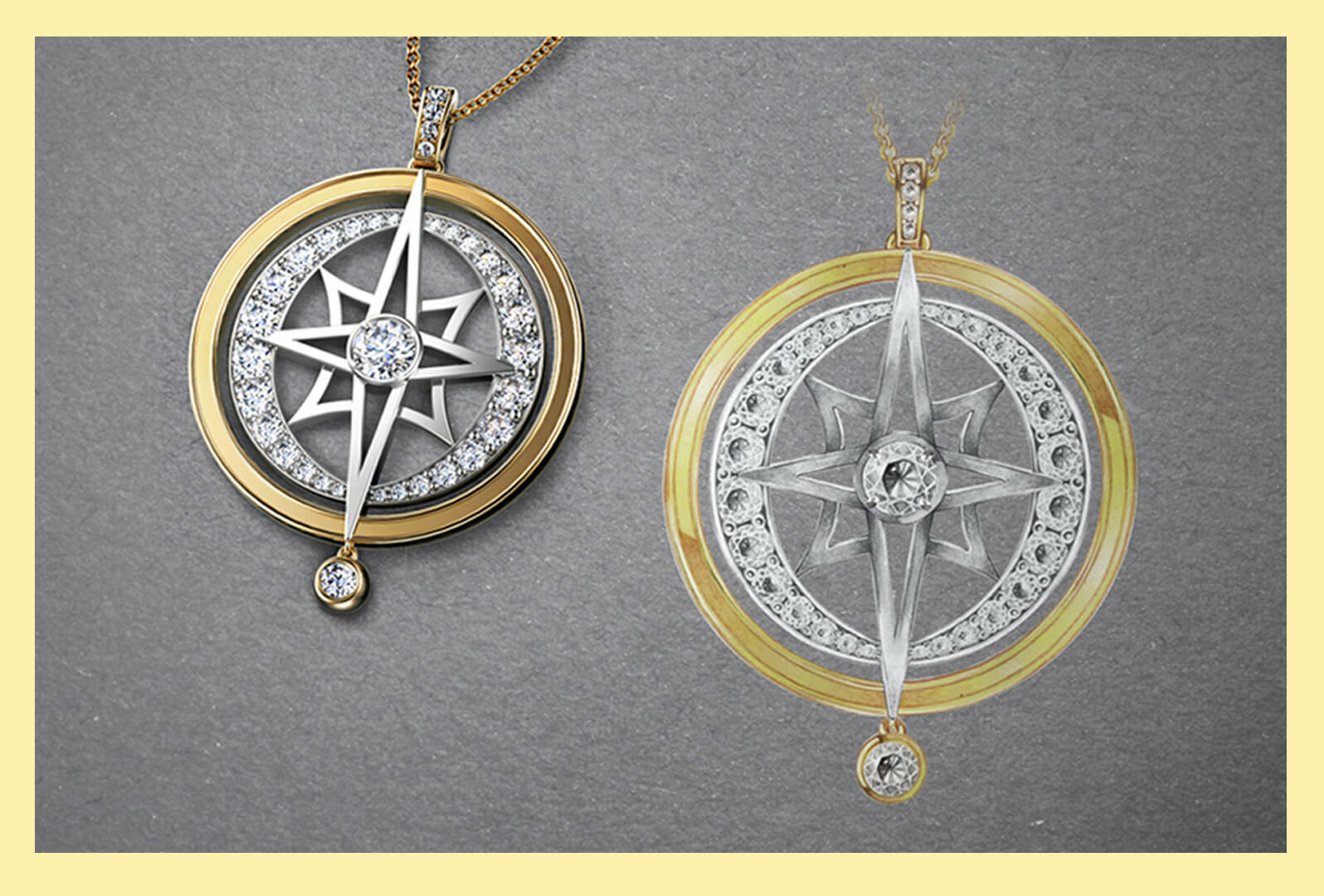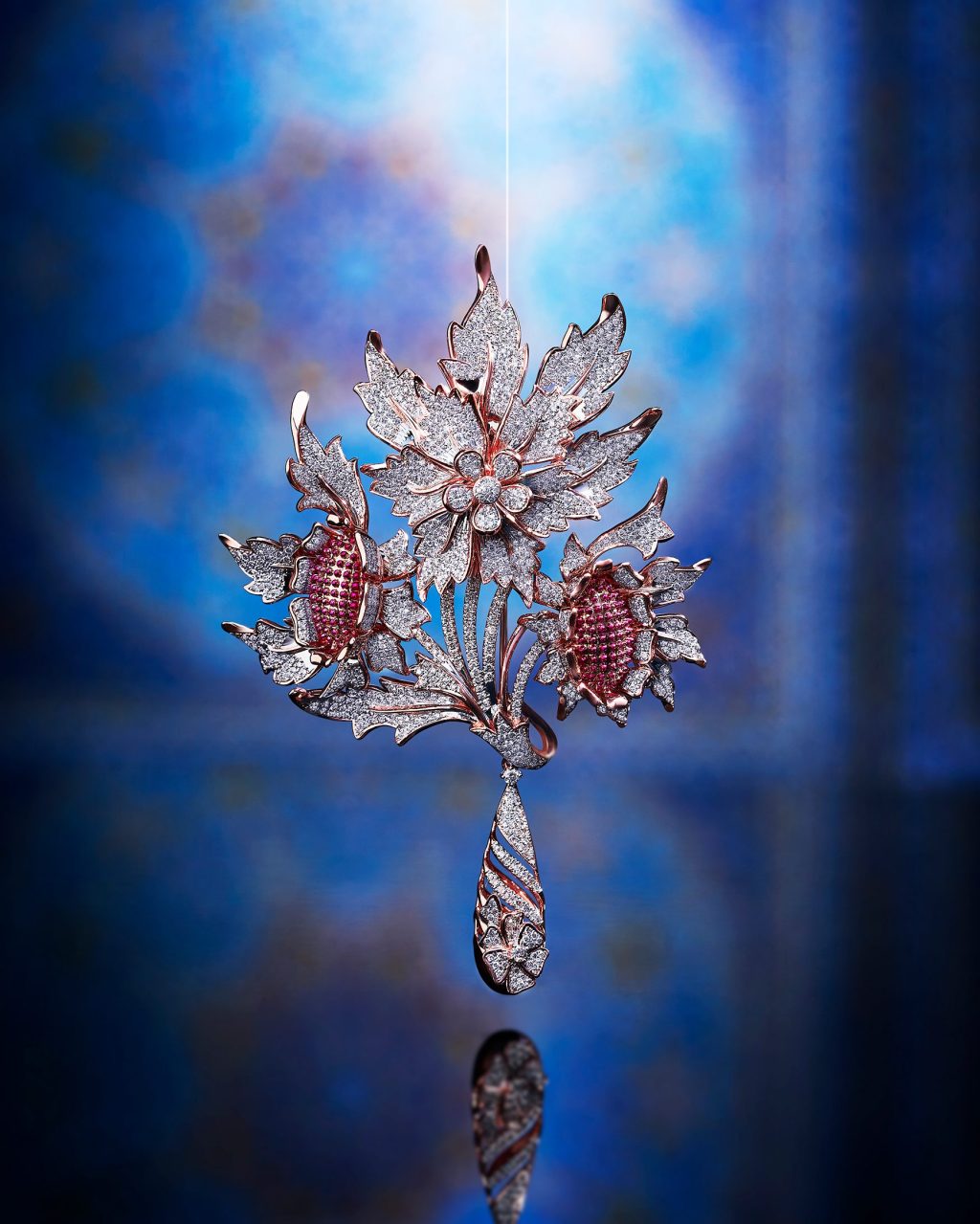My Moodboard: Bibhu Mohapatra Shares His Eternal Inspirations
The celebrated designer shares the people, the trends, the memories that continue to define his aesthetic.
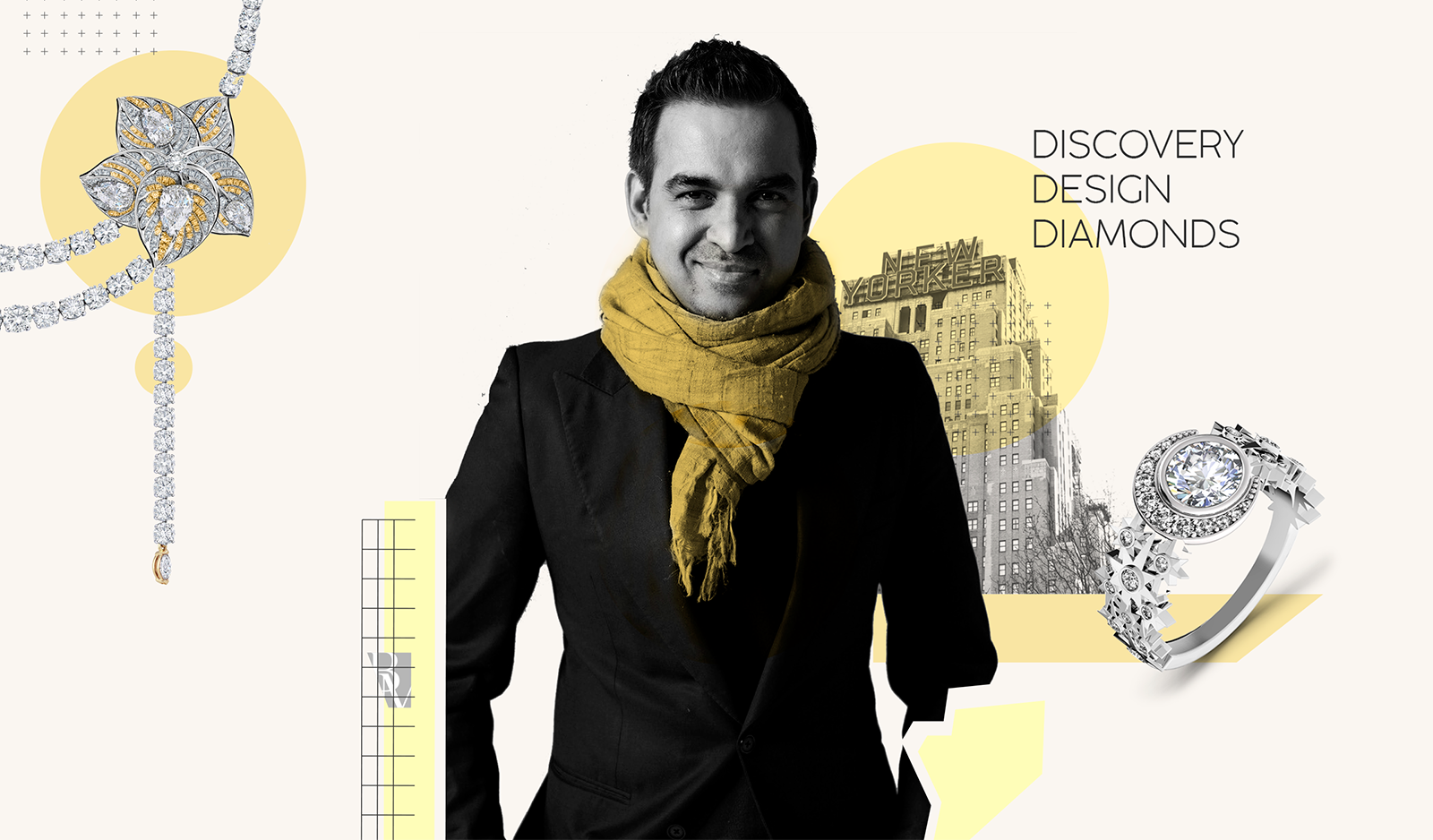
I grew up in Odisha, on the east coast of India, where I learnt how to appreciate the vibrancy of Indian fabrics and textiles. When I moved to the States in 1996, I was exposed to a new design vocabulary, which was only enhanced when I worked with the iconic label Halston, and later J Mendel. My own brand, and fine jewellery line, are shaped by the duality of these experiences.
MATERIAL MEMORIES
“One of my earliest memories of my mother’s jewellery is this little red pouch she had in one of her almaris. One day, she opened it for me, and within it were beautiful pieces of jewellery. She explained to me that it belonged to the women in our family, generation after generation. She wore only a few pieces, but treated them all with immense respect. She wanted to preserve them. She handed the collection over to my sister-in-law when she came into our home.”
“That’s the beauty of jewellery—it tells the story of our legacy.”
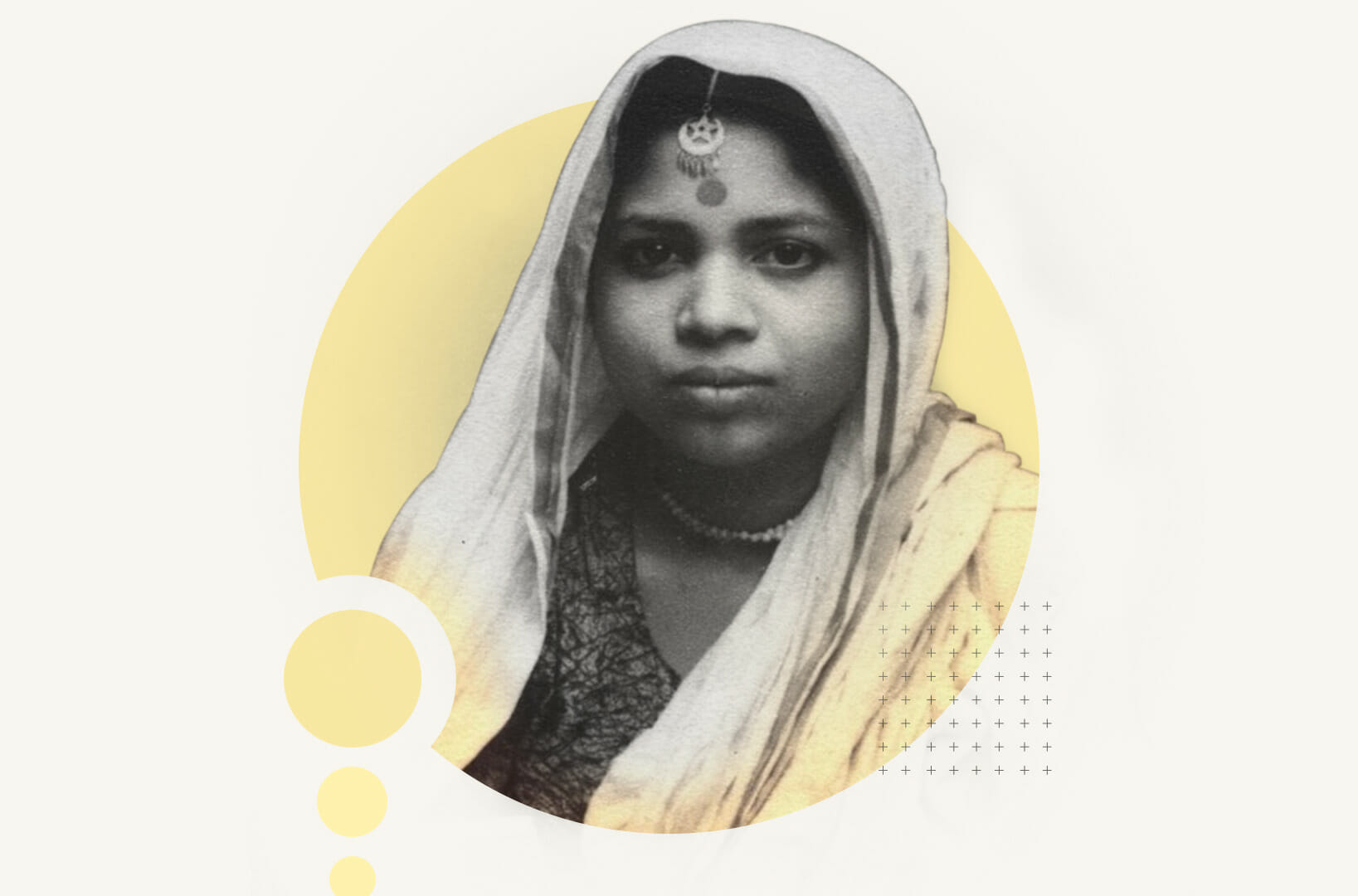
THE POWER OF NATURAL DIAMONDS
“My first experiences with diamonds are from the pieces my mother had. They were brilliant, they sparkled every time you looked at them. And most importantly, my mother felt empowered when she wore them. That’s why diamonds are so powerful; they live forever. I use a lot of diamonds in my jewellery collection, Artemis, which launched five years ago. I believe precious gems have an impact on who we are and how we live our lives. They are linked to our birth times and days, and it’s always interesting to me to work with stones in different combinations.”

BUILDING AN AESTHETIC
“Elements of architecture are always present in my clothes. The motive behind my brand is the juxtaposition of opposites—there could be drapes, but we incorporate tailoring; pieces could be organic but also architectural in nature. Maybe it’s because I have a keen interest in the field. But it’s even more important when designing jewellery.”
“Natural diamonds, in particular, are so hard that they need to have the right architecture to support it, to make it wholesome, whether it’s through fine filigree or the right kind of clasp.”

TRADITION AND BEYOND
“I think fine jewellery has a special place in a man’s wardrobe. In our culture, jewellery is also meant for men. They wore as much jewellery as women, as a symbol of their status and nobility. Somehow that balance shifted over the last few centuries. But it seems to be coming full circle now, and is the way forward, given that the lines between genders are blurring. It’s becoming a big trend, with many celebrities leading the way. In gender-neutral or men’s jewellery, Harry Styles is doing a phenomenal job. He’s breaking all barriers. He is also a truly talented man, and is giving validity to the use of fine jewellery among men.”
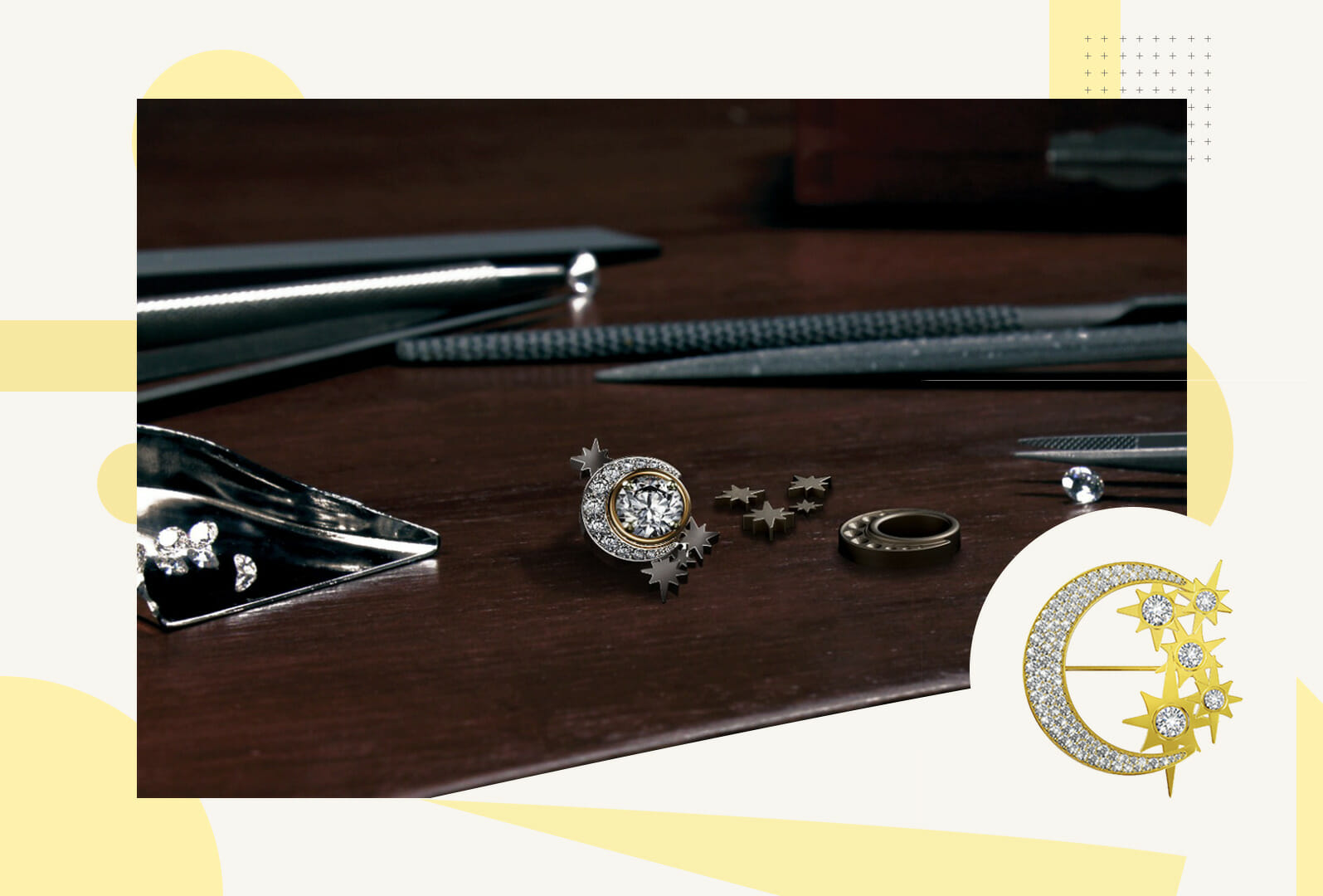
GENDER-NEUTRAL ESSENTIALS
“Bracelets and earrings are key pieces in this category, as are pins and brooches. I love to see men wear earrings, hoops, diamonds that flirt with the masculinity/femininity aspect of one’s image. I wish more men wore earrings.”
My design influences are far and varied. I am inspired by both Parveen Babi, who is forever on my moodboard, and The Great Gatsby, wherein Robert Redford and Mia Farrow transport me to that era. I love the structure of architecture as well as the fluidity of drapes. The opulence of couture and the grace of a handloom sari. But my sensibility remains rooted in my early years in India.
